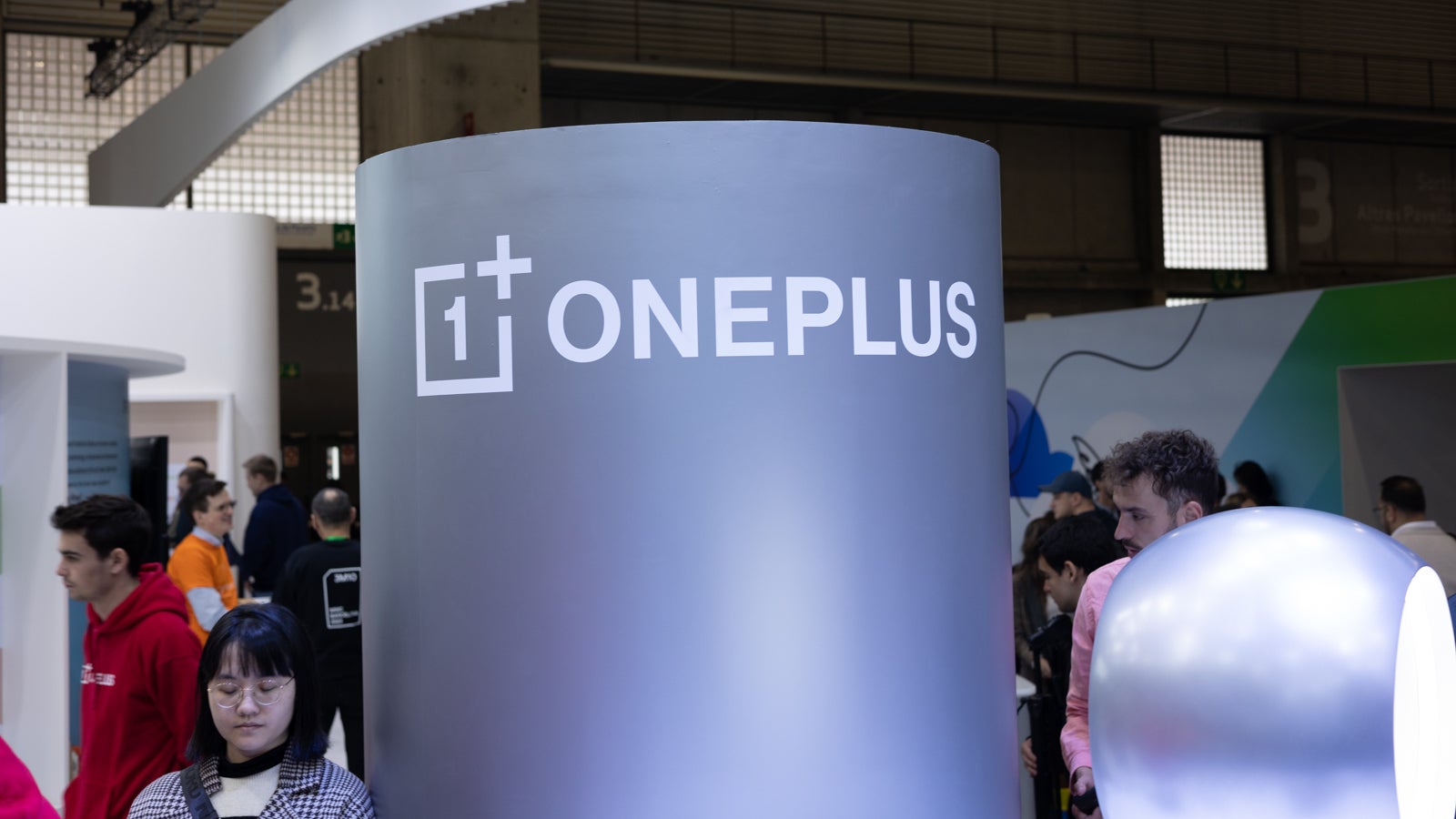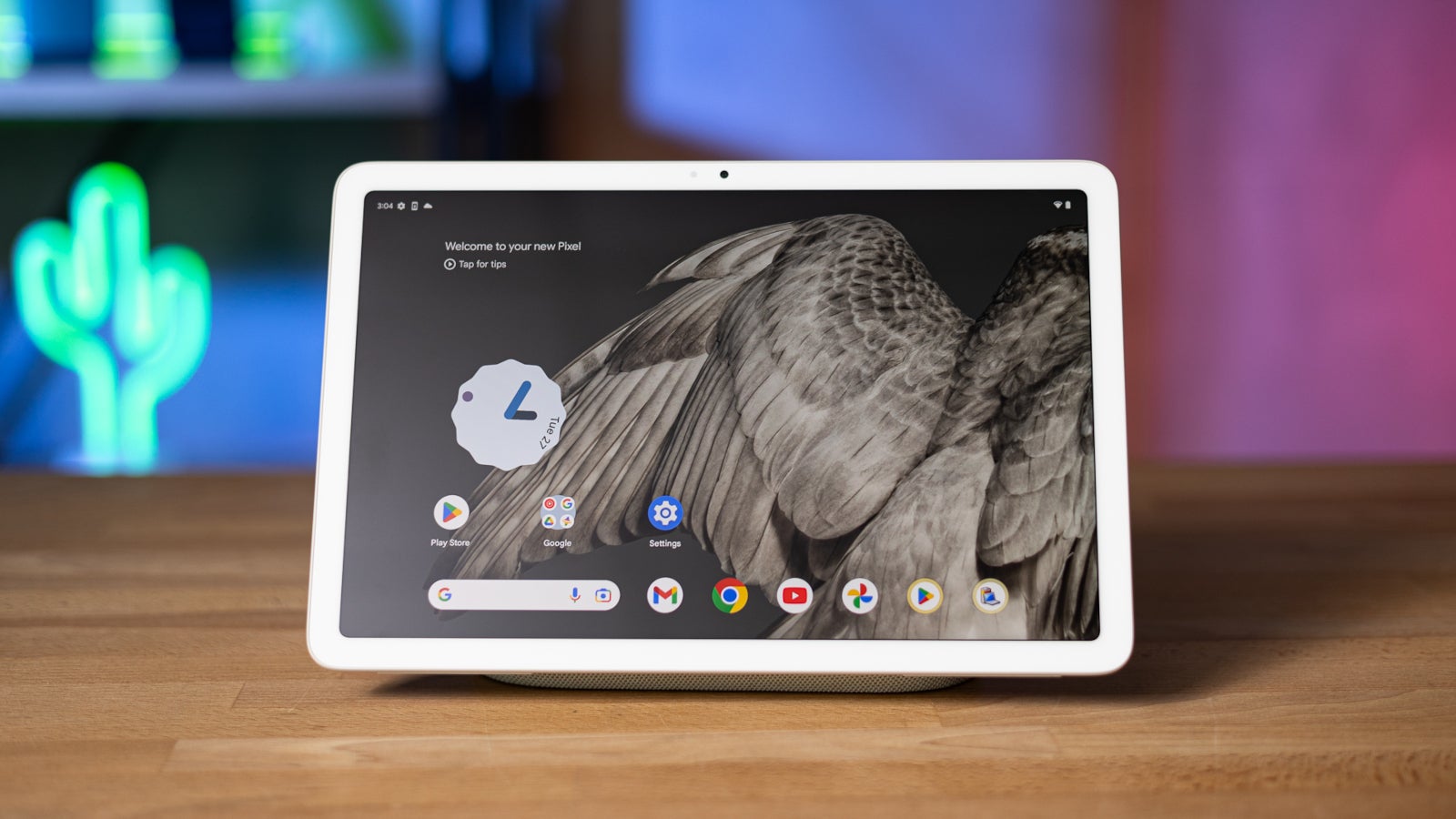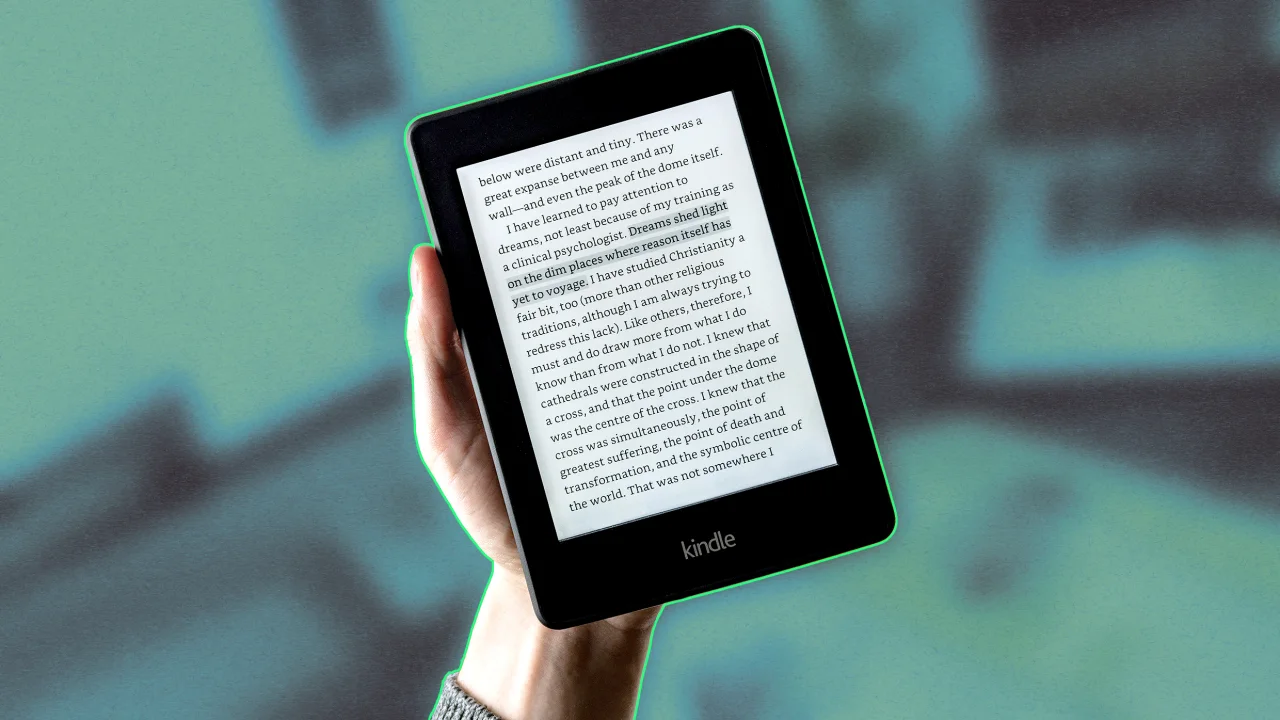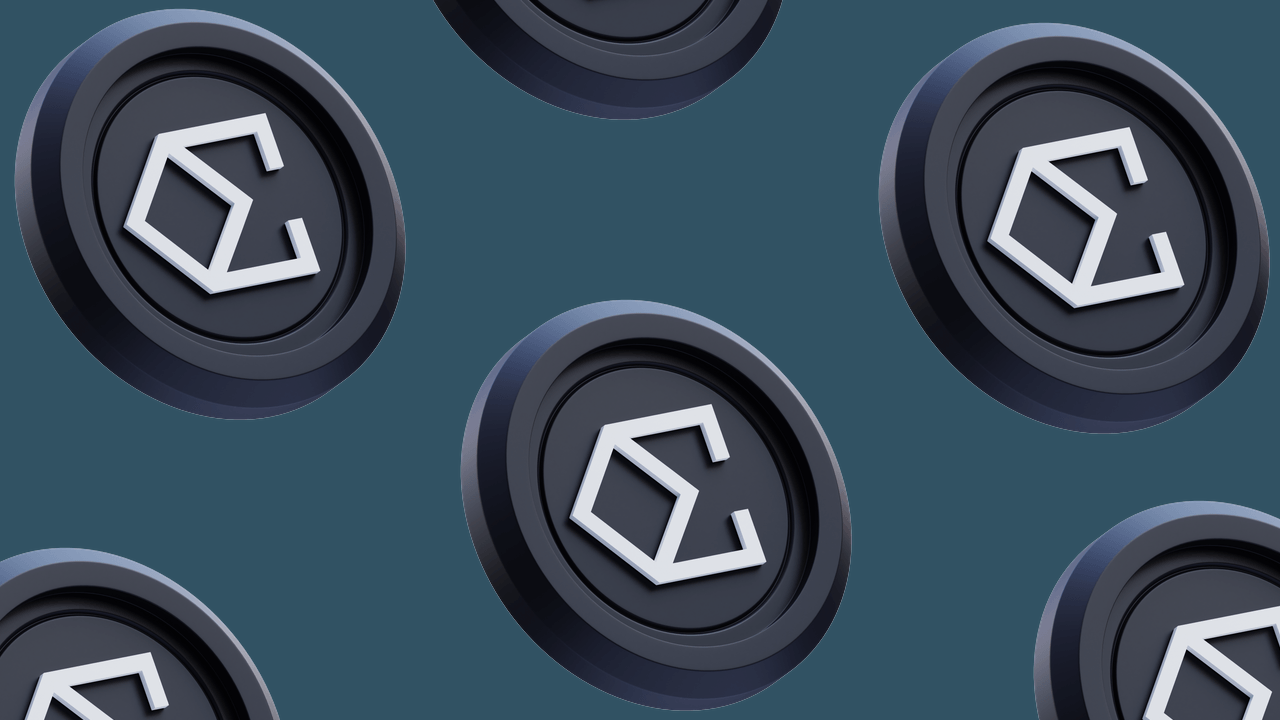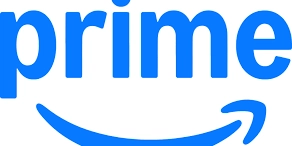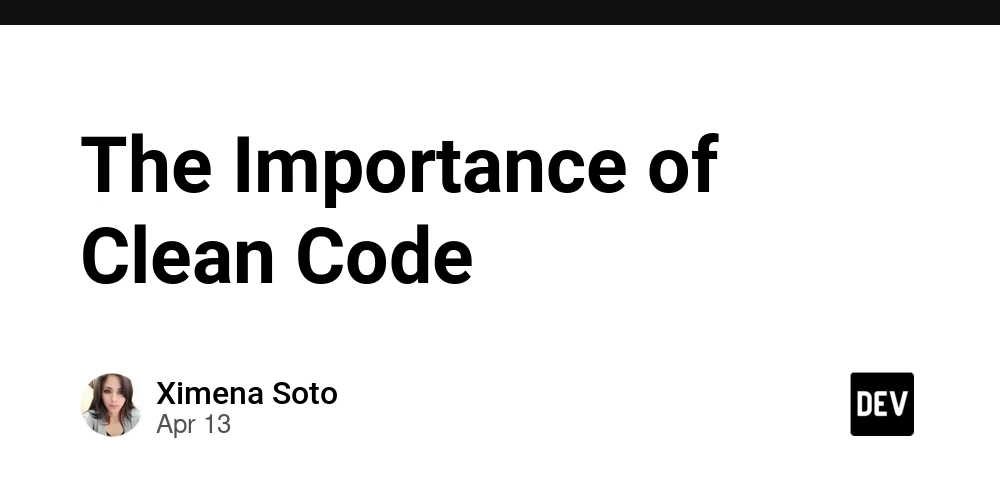GraphQL in 2025: What It Is, Why It Matters, and Whether You Should Bother Learning It
Let’s be real: the web dev scene in 2025 is crowded. You're learning React, fighting with APIs, and wondering if every job requires 2 years of experience and a GitHub that looks like a jungle gym. And just when you're finally getting comfy with REST APIs… someone says: "Bro, do you know GraphQL?" So let’s clear the fog. What Even Is GraphQL? GraphQL isn’t a framework. It’s not a backend language. It’s not another library with a mascot and a dark mode landing page. It’s a way to ask your API for data — cleanly. With REST, you hit multiple endpoints: GET /user/123 GET /user/123/posts GET /user/123/notifications With GraphQL, it’s like: { user(id: "123") { name posts { title } notifications { read } } } One query. One endpoint. All the data. It’s like telling your API: “Look man, I don’t need the whole kitchen sink — just give me these three things. That’s it.” Why Companies Actually Use It GraphQL didn’t go viral because devs were bored. It solved real pain. Overfetching/Underfetching: REST gives you too much or too little. GraphQL gives you just what you asked for. Too Many Endpoints: GraphQL says, "One endpoint to rule them all." Mobile-First: For apps where bandwidth matters? GraphQL is lean and mean. Frontend Freedom: React + GraphQL is like chai + biscuit. Tightly paired. Who’s Actually Using GraphQL in 2025? Forget theory — here are the real-world players: Big Names in India: CRED – smooth mobile APIs, less data, faster UI. Razorpay – dashboard stuff, internal tooling. Groww / Zerodha – clean delivery of dynamic investment data. Flipkart – search and home feed logic. Small startups – tons. Especially YC-backed or remote-first ones. Global Tech Giants: GitHub – the GraphQL API is their official version. Shopify – REST is legacy, GraphQL is default. Meta (Facebook) – they literally built it. Airbnb / Twitter / Netflix / Stripe – all in. Should You Learn It? If you’ve done some React, played around with backend stuff, and want to work in startups or product-based companies — then yeah. This is your sign. Learn it. But if you're just learning Express or still wrestling with JSON... hold off. GraphQL isn’t “hard” — but it makes way more sense after you've struggled with REST for a bit. TL;DR: You Should Learn GraphQL If... Maybe Skip for Now If... You know React well You’re new to web APIs You're building full-stack apps You’re still on HTML/CSS You want to work at startups You’re focused on traditional IT jobs How to Get Started (and Not Rage Quit) GraphQL Basics – queries, mutations, types. Learn what a schema is. Apollo Server – backend with Node.js and Express. Apollo Client – frontend with React or Next.js. Build Something Small – like a personal blog, or clone an app you like. Time investment? Around 7–10 focused days. That’s all. Final Words GraphQL isn’t some hype-driven fad. It’s quietly powering APIs you use every day — from credit card apps to shopping platforms. If you’re trying to get hired, freelance, or build a startup — GraphQL adds serious weight to your dev toolkit. Not because it’s trendy, but because it’s efficient, clean, and built for the way modern apps actually work. So yeah. Learn it. And once you do — put it into your own project. Like really build something with it. That’s how you stand out in 2025 — not just by knowing tools, but by shipping.
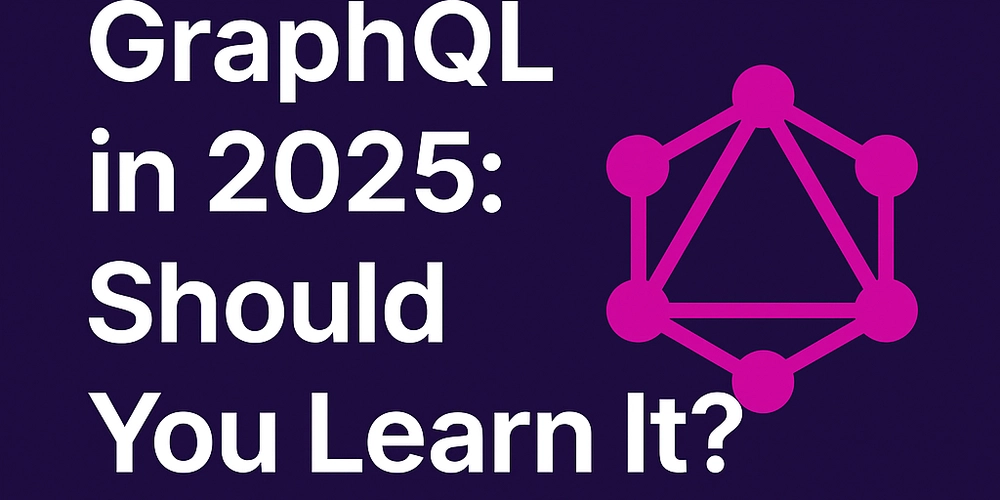
Let’s be real: the web dev scene in 2025 is crowded. You're learning React, fighting with APIs, and wondering if every job requires 2 years of experience and a GitHub that looks like a jungle gym.
And just when you're finally getting comfy with REST APIs… someone says:
"Bro, do you know GraphQL?"
So let’s clear the fog.
What Even Is GraphQL?
GraphQL isn’t a framework. It’s not a backend language. It’s not another library with a mascot and a dark mode landing page.
It’s a way to ask your API for data — cleanly.
With REST, you hit multiple endpoints:
GET /user/123
GET /user/123/posts
GET /user/123/notifications
With GraphQL, it’s like:
{
user(id: "123") {
name
posts {
title
}
notifications {
read
}
}
}
One query. One endpoint. All the data.
It’s like telling your API:
“Look man, I don’t need the whole kitchen sink — just give me these three things. That’s it.”
Why Companies Actually Use It
GraphQL didn’t go viral because devs were bored. It solved real pain.
- Overfetching/Underfetching: REST gives you too much or too little. GraphQL gives you just what you asked for.
- Too Many Endpoints: GraphQL says, "One endpoint to rule them all."
- Mobile-First: For apps where bandwidth matters? GraphQL is lean and mean.
- Frontend Freedom: React + GraphQL is like chai + biscuit. Tightly paired.
Who’s Actually Using GraphQL in 2025?
Forget theory — here are the real-world players:
Big Names in India:
- CRED – smooth mobile APIs, less data, faster UI.
- Razorpay – dashboard stuff, internal tooling.
- Groww / Zerodha – clean delivery of dynamic investment data.
- Flipkart – search and home feed logic.
- Small startups – tons. Especially YC-backed or remote-first ones.
Global Tech Giants:
- GitHub – the GraphQL API is their official version.
- Shopify – REST is legacy, GraphQL is default.
- Meta (Facebook) – they literally built it.
- Airbnb / Twitter / Netflix / Stripe – all in.
Should You Learn It?
If you’ve done some React, played around with backend stuff, and want to work in startups or product-based companies — then yeah. This is your sign. Learn it.
But if you're just learning Express or still wrestling with JSON... hold off. GraphQL isn’t “hard” — but it makes way more sense after you've struggled with REST for a bit.
TL;DR:
| You Should Learn GraphQL If... | Maybe Skip for Now If... |
|---|---|
| You know React well | You’re new to web APIs |
| You're building full-stack apps | You’re still on HTML/CSS |
| You want to work at startups | You’re focused on traditional IT jobs |
How to Get Started (and Not Rage Quit)
- GraphQL Basics – queries, mutations, types. Learn what a schema is.
- Apollo Server – backend with Node.js and Express.
- Apollo Client – frontend with React or Next.js.
- Build Something Small – like a personal blog, or clone an app you like.
Time investment? Around 7–10 focused days. That’s all.
Final Words
GraphQL isn’t some hype-driven fad. It’s quietly powering APIs you use every day — from credit card apps to shopping platforms.
If you’re trying to get hired, freelance, or build a startup — GraphQL adds serious weight to your dev toolkit. Not because it’s trendy, but because it’s efficient, clean, and built for the way modern apps actually work.
So yeah. Learn it.
And once you do — put it into your own project. Like really build something with it. That’s how you stand out in 2025 — not just by knowing tools, but by shipping.









































































































































































![[The AI Show Episode 143]: ChatGPT Revenue Surge, New AGI Timelines, Amazon’s AI Agent, Claude for Education, Model Context Protocol & LLMs Pass the Turing Test](https://www.marketingaiinstitute.com/hubfs/ep%20143%20cover.png)
















































































































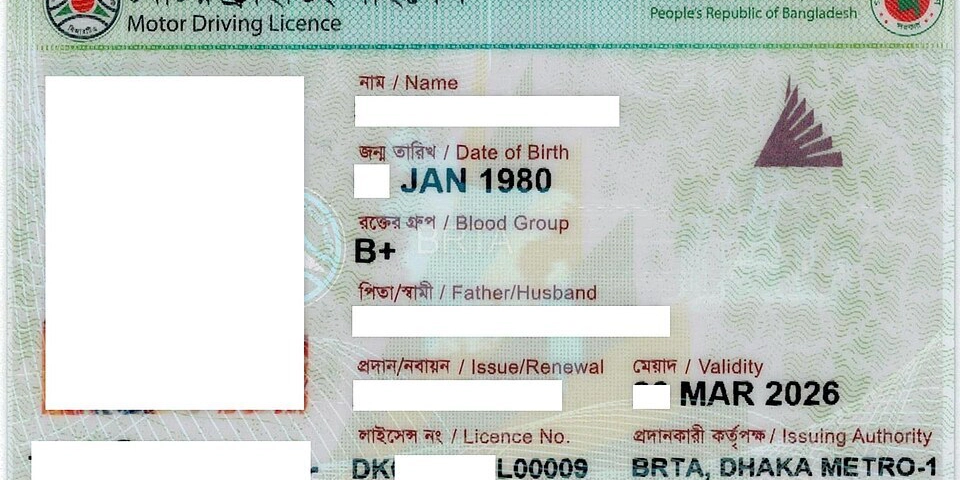
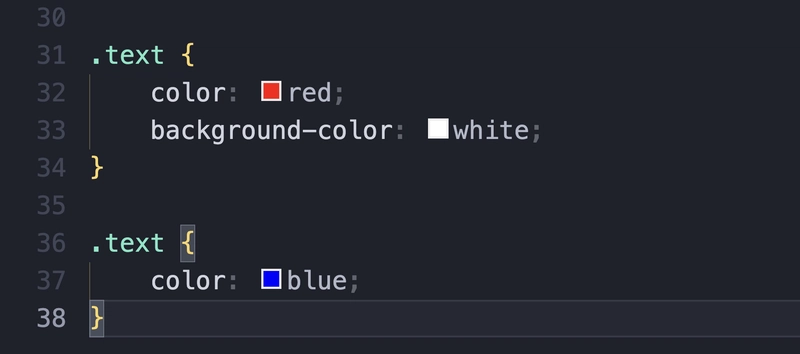




















































































































.png?#)

























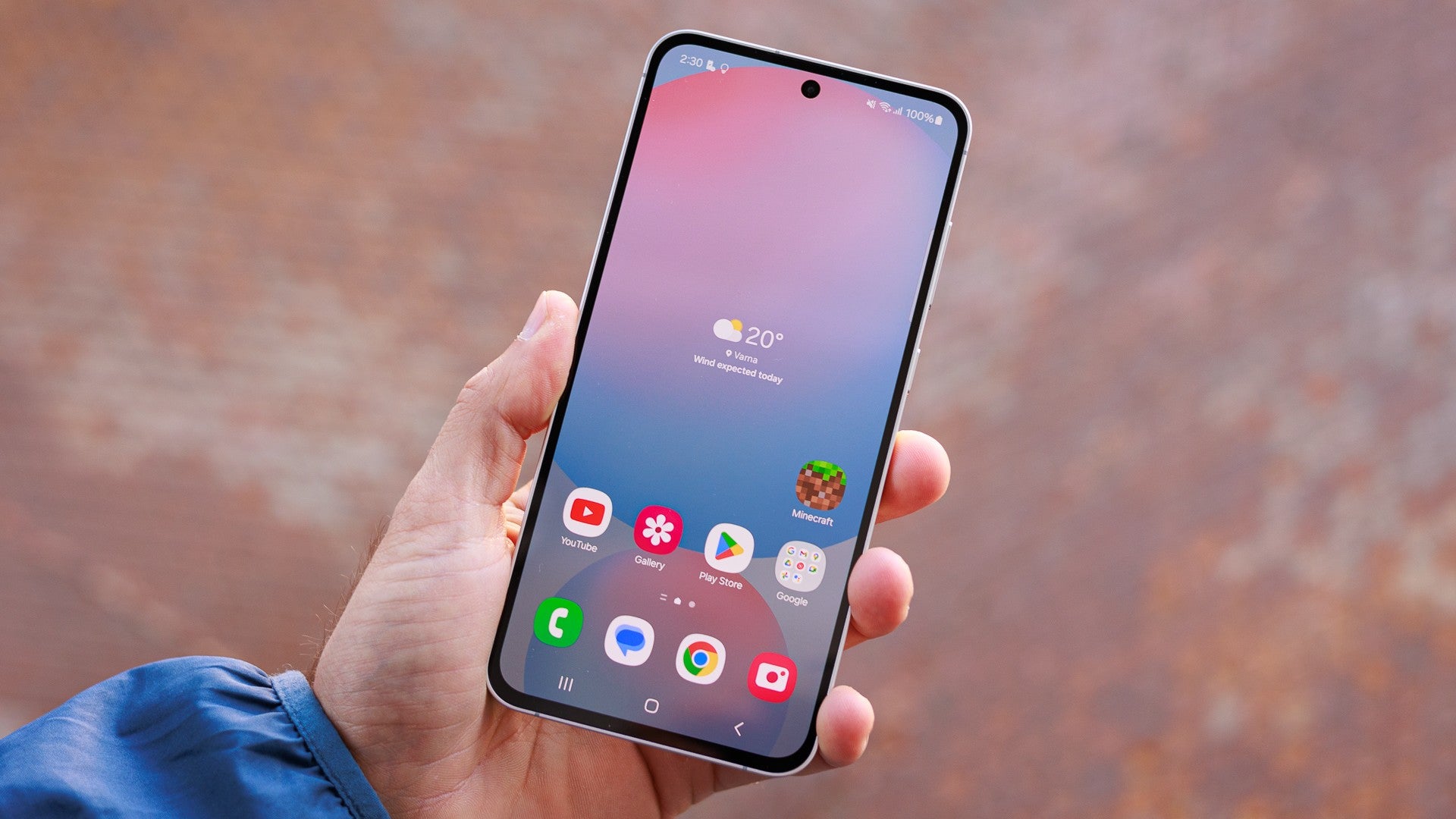












.webp?#)
.webp?#)


















































































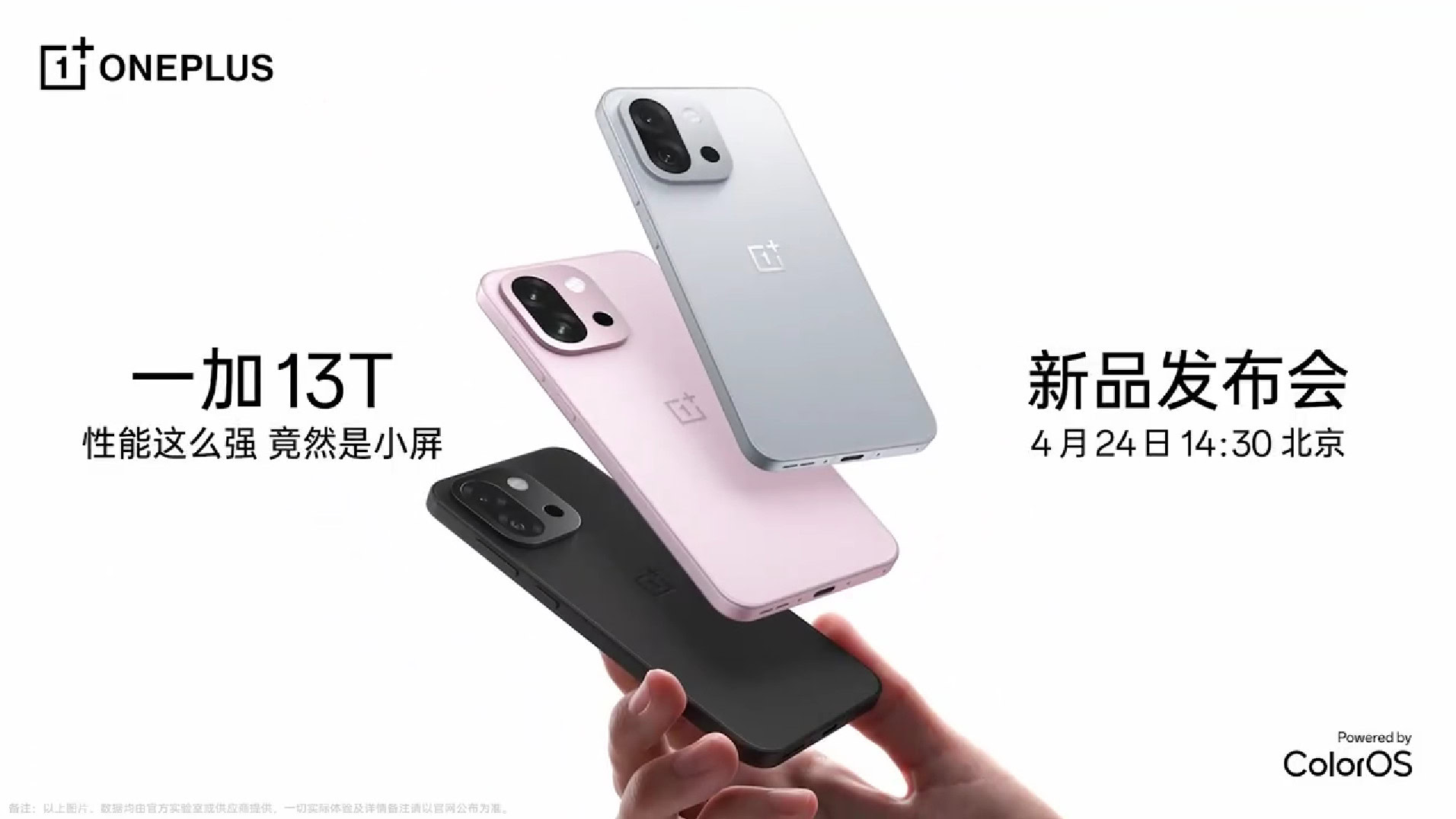







![[Fixed] Gemini app is failing to generate Audio Overviews](https://i0.wp.com/9to5google.com/wp-content/uploads/sites/4/2025/03/Gemini-Audio-Overview-cover.jpg?resize=1200%2C628&quality=82&strip=all&ssl=1)

![What’s new in Android’s April 2025 Google System Updates [U: 4/14]](https://i0.wp.com/9to5google.com/wp-content/uploads/sites/4/2025/01/google-play-services-3.jpg?resize=1200%2C628&quality=82&strip=all&ssl=1)










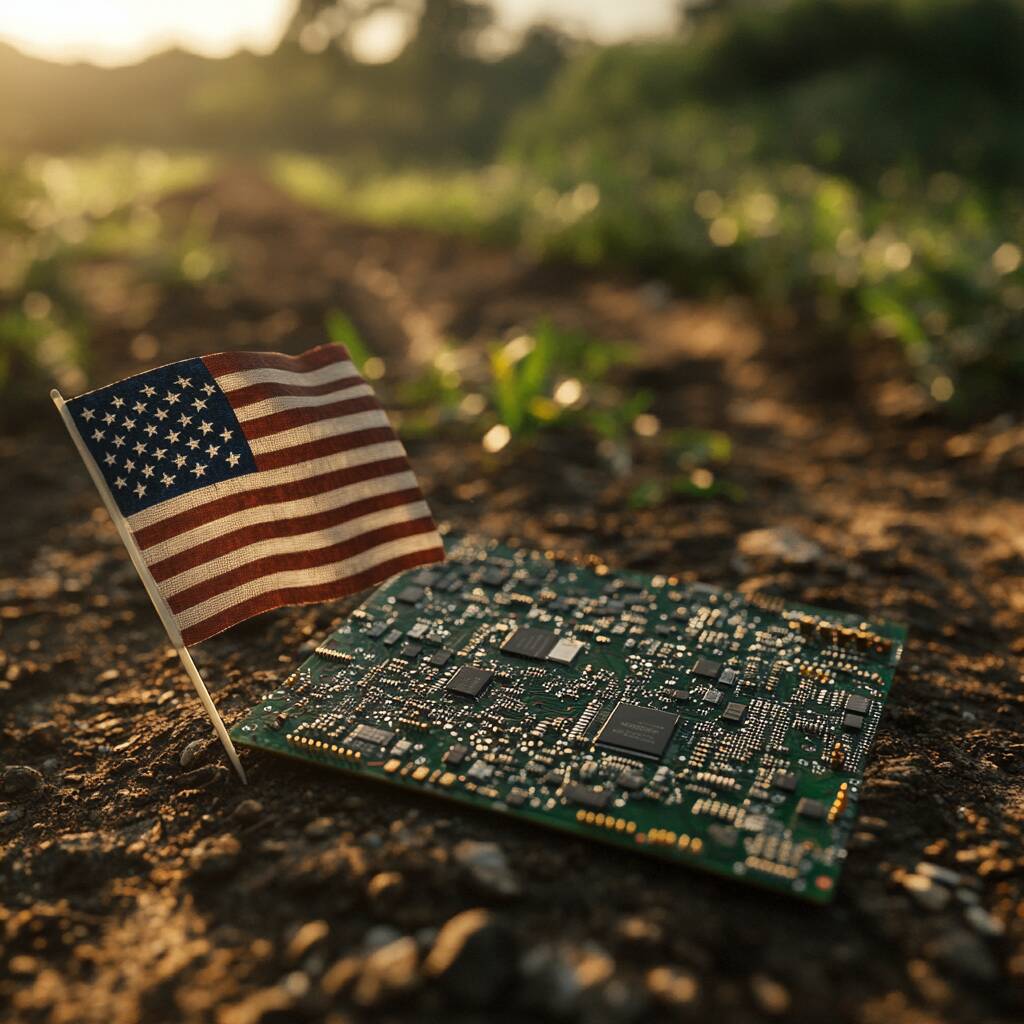


![Apple Seeds tvOS 18.5 Beta 2 to Developers [Download]](https://www.iclarified.com/images/news/97011/97011/97011-640.jpg)
![Apple Releases macOS Sequoia 15.5 Beta 2 to Developers [Download]](https://www.iclarified.com/images/news/97014/97014/97014-640.jpg)
















































